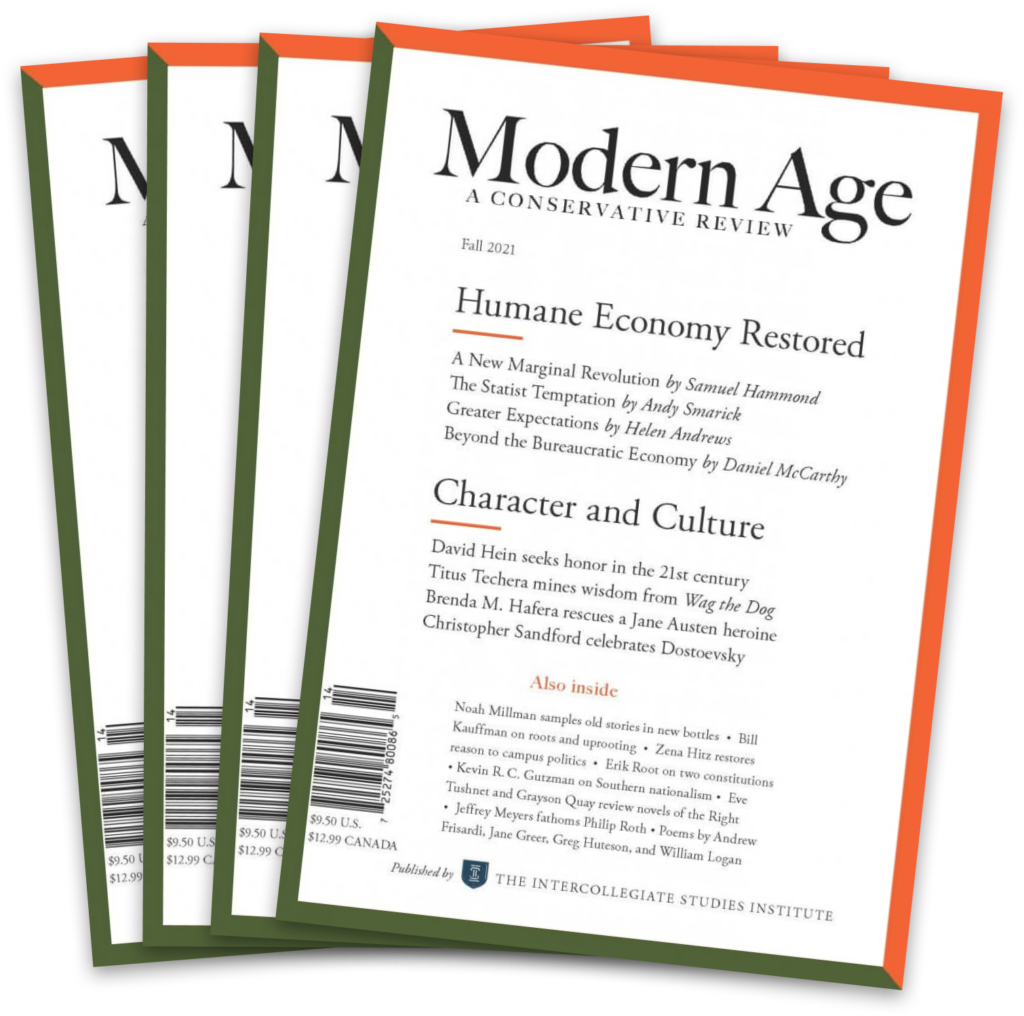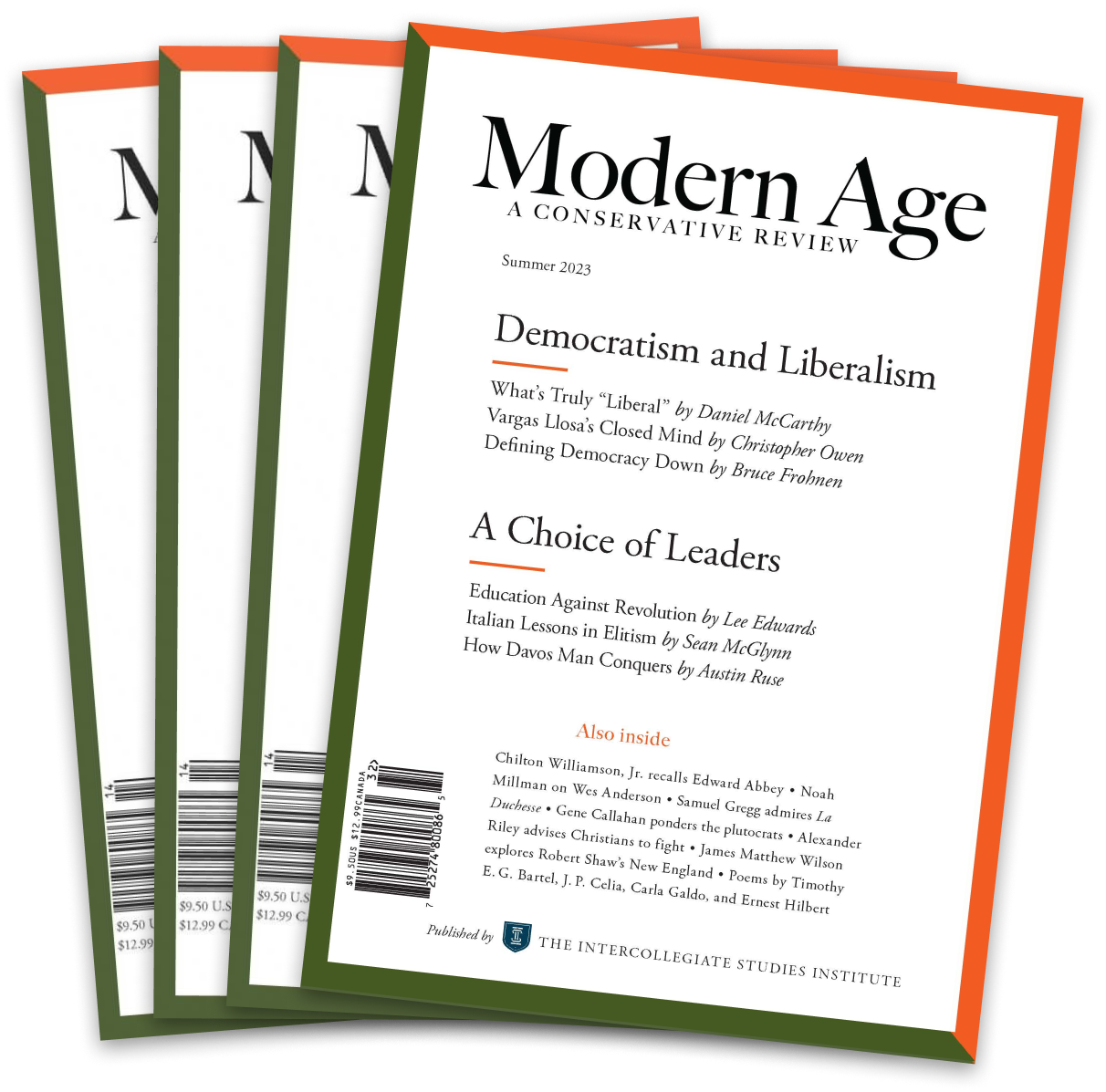Judith Butler could be considered the godmother of transgenderism. Her 1990 book Gender Trouble advocated a socially constructed “performative” view of gender. (Butler claims to be “non-binary” and uses “they/them” pronouns.) Her latest book is her response to conservatives’ victories against the transgender movement in “red states” like Florida and Texas. Who’s Afraid of Gender? is a polemic against the anti–gender ideology movement on the right.
According to Butler, her opponents rely on strawmen and refuse to engage with the real gender theory—hence their move to ban books in schools. Repeatedly, she says that it would be “easy” to respond to the right’s arguments. Yet her counterarguments never come, for Butler’s goal is not actually to argue but rather to claim that “phantasmic” fears are being used to stoke violence against women, gay people, and transgender people.
Once the right’s arguments are exposed as mere cover for fear and power, there simply are no arguments against gender theory, in her view. From Butler’s perspective, the other side’s criticisms are not made in good faith, so her method is to create “a counter-imaginary” to stymie the backlash. Responding to Butler requires unpacking her devices and strategies.
She first seeks to place the discussion behind the protective walls of the ivory tower, appealing to the authority of gender and sexuality studies as an academic discipline. Opponents of “gender” do not know the academic literature and its nuance. They suffer from an anti-intellectualism rooted in fear of the possibilities of self-definition. All the critics can do, she contends, is seek to close the discourse by disestablishing gender studies departments in universities and banning books in K–12 education.
This leads Butler to insist on the value of academic freedom and the necessity of open discussion. In effect, however, she would restrict discussion of gender theory to experts in the “field of study,” allowing critique only from within the discourse as it has framed itself on its own terms. “These debates drive both research and public discourse to become more responsive to increasingly complex social realities,” she writes—and that complexity creates a barrier to outside criticism.
She invokes the authority of “complexity” as a contrast to the simple-mindedness of “anti–gender ideology” movements. Evangelicals and the Vatican presuppose a sex binary, but the existence of intersex people shows that reality is not so simple. Likewise, “Trans-Exclusionary Radical Feminists,” or TERFs, do not accept the complexity of gender and sex. The existence of transgender and intersex people as a brute fact destroys the idea of a norm rooted in nature, she says; instead, sex differences are political constructs.
In reality, the natural law has always made room for outside cases. Nature, moreover, is fallible, but we judge the exceptional case in light of the ordinary. Exceptional occurrences of sexual “complexity” that fall outside of a binary do not destroy the norm. If Butler’s view prevailed, medical diagnoses of disorders would be impossible, since making them would pathologize certain bodies and configurations.
In a section on transgender women’s participation in women’s sports, Butler suggests that natural levels of testosterone are meaningless unless combined with social and political forces, such as access to a gym or a trainer. Butler’s discussion of sex “assignment” confirms that for her there is no such thing as a biological man or a woman: the social attitudes and expectations we have about “gender” determine sex assignment, which is not a reflection of biological reality but of ideology. Gender precedes sex assignment. But if this is true, why have women’s sports at all? Why not let Michael Phelps compete against Katie Ledecky in the Olympics? Why even have a WNBA?
This conclusion strikes against widely accepted notions of fairness and truth: the end of women’s sports leagues means the end of women’s participation in sports at the highest levels. Caitlin Clark perhaps would be a benchwarmer on a small-market NBA team; she never would have reached stardom competing in the men’s NCAA tournament despite her impressive shooting ability. In martial sports, any woman brave enough to step in the ring with a man would be brutalized as a public spectacle. Tennis would be all-male. Everyone intuitively understands this.
Revolutionaries, Richard Weaver said, need to unmoor people from the order they inhabit by destabilizing the premises that ground their society.
To rebut this common-sense impression, Butler introduces the method of “critique” employed by critical theory: “Critique is neither denunciation or absolute opposition: it is an inquiry into the conditions of possibility of certain concepts that have either been taken for granted without justification or that have become invested with meanings that establish them as overdetermined.” The critique of gender requires perpetual openness to a “dynamic and living sense of our world.” Butler’s explanation of sex and gender is never systematically set out because she seeks to describe sex and gender without giving either of them any specific content—to do so would be to impose limits or constraints on the concepts.
Richard Weaver’s famous essay “Life Without Prejudice” examined both the motivation to engage in critique and its consequences. Revolutionaries, he said, need to unmoor people from the order they inhabit by destabilizing the premises that ground their society. To do this, they attack the “binding element . . . those transcendental unifiers like religion, patriotism, familial relationship, and the like” and thereby “eras[e] those distinctions” that are fundamental to social order. Critique is a tool that helps revolutionaries wage war on these bonds, which are relegated to the level of “prejudice.”
Critique is a weapon against gender ideology’s opponents on the left, too. When TERFs seek to use science to affirm reality against the claims of transgender activists, Butler tries to undercut their claims by recasting science itself: “The argument that ‘gender theory’ denies science fails to take into account the important work in science on gender itself, mainly undertaken by feminist scholars. . . . It turns out that what we call our biology is always interacting with social and environmental forces, and that we cannot really think about biological facts outside of this interaction.”
“This does not mean that facts don’t exist,” she argues. “It just means that they are invariably presented within a certain frame, and that the frame contributes to what we can see and consider as facts, and, as a result, what we come to support and fear.” The scientific framework, therefore, must be read in light of social factors and priorities. The science can be made to say whatever the people in charge want it to say.
The transgender issue has created rifts within the progressive coalition, exposing the inherent contradictions of its various constituencies and key tenets. To keep the movement together, Butler remakes feminism to be trans-positive by purging sex and gender of any content through the techniques of using “critique,” subordinating science to progressive priorities, and promoting apocalyptic fantasies about the arrival of fascism if gender critics win. If reality has any meaning left in our age, her effort will fail, and Who’s Afraid of Gender? will be seen for what it is: a subversive yet empty book.















